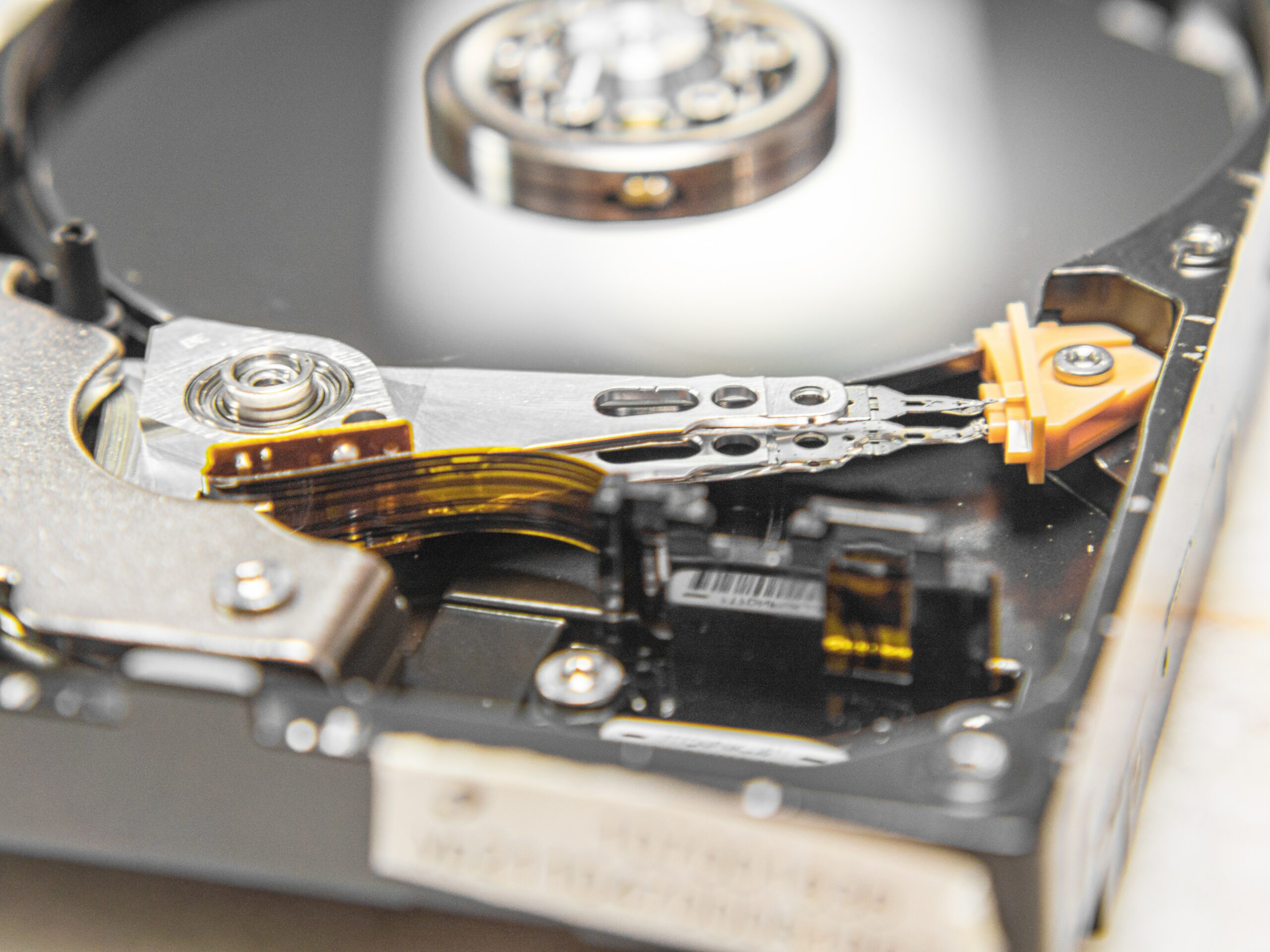Hardware
Storage arrives in a flash
Disk drives still account for more than half of all storage, but that is about to change, writes ARTHUR GOLDSTUCK.
In the digital era, when our devices power up instantly and light up silently, most of our computers still carry a hangover from the 20th century. Especially on low-cost and high-capacity PCs and laptops, the main form of storage tends to be the disk drive, a spinning mechanism that is often clunky, slow, and inefficient.
That all changed with the advent of solid-state drives (SSD) and all-flash memory, which has no moving parts, and is therefore faster and more reliable. But it was also far more expensive for many years, meaning that the cost-benefit ratio did not make sense for the average consumer or business. However, in high-performance computing and data-intensive applications, such as those in finance, healthcare, video editing and scientific research, it became a competitive advantage.
In 2019, according to the International Data Corporation (IDC), disk drives stored 65% of the world’s data. The following year, it forecast that the number would drop to 54% by 2024. That tells us that alternative forms of storage will eventually replace the disk drive. Which is not necessarily a good thing. Already, obsolete computers are clogging up landfills the world over. Obsolete hard drives also make a major contribution, as companies “rip-and-replace” in order to increase capacity, says Daniel Teixera, South African systems engineering manager for Silicon Valley-based Pure Storage.
“For legacy vendors who still force customers to undergo a rip and replace process every three to five years, moving to flash doesn’t automatically mean a reduction in e-waste,” he says. “Many devices still end up in landfill under this process.”
In response, Pure has introduced a programme called Evergreen, which offers “storage-as-a-service”. Individual components of a storage array are upgraded on-the-go, rather than throwing out entire arrays.
“As it’s solid state, there are no moving parts which need to be cooled, making it more energy efficient. It requires less floor space, less power and less cooling.”
Pure became a $7-billion business on the back of this concept, targeting data centres. Now it is aiming at a broader range of customers. It has launched an “all-flash” product called FlashBlade//E, for enterprises that need to have massive scale for “everyday“ data.
“It’s 13 years in the making, and now the benefits of lower space requirements, lower power needs and smaller energy consumption are becoming vitally important globally,” says Teixera. “For large-capacity, price-sensitive workloads that currently use disk-based storage, keeping up with ever-increasing data growth is unsustainable using spinning disk.”
The technology does not only benefit the user. It has a dramatic impact on energy use and carbon emissions, one of the great drawbacks of early data centres.
“Our technology is making significant CO2 savings for our South African customers. Each array saves on average the equivalent of a car driving over 210,000 miles every year. In South Africa, with no end in sight to loadshedding, the efficiency of these solutions is hugely impactful for our customers and provide a big differentiator for our partners. It’s the right thing to do for the planet.”
On paper, the cost of flash storage until recently still seemed higher than for disk drives. But data is not stored on paper.
“The total cost of ownership must be taken into account for any investment an organisation makes. Spinning disk takes more space and is more energy hungry, which contributes to the overall cost of purchase and use. We have customers who say that, after they’ve installed flash, they’re almost making the cost back in how much they save in energy costs.
“Not only that, but organisations need to consider the cost of installing and running equipment. Our installation instructions are on a business card.”
Now the final barrier is being removed: flash pricing has caught up to disk.
“It’s been getting closer for years but, now, it’s a reality.”
* Arthur Goldstuck is founder of World Wide Worx and editor-in-chief of Gadget.co.za. Follow him on Twitter on @art2gee



















